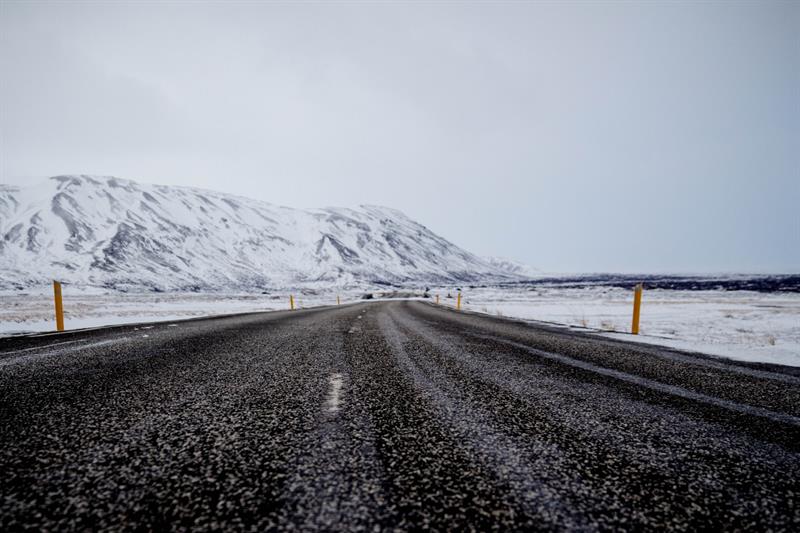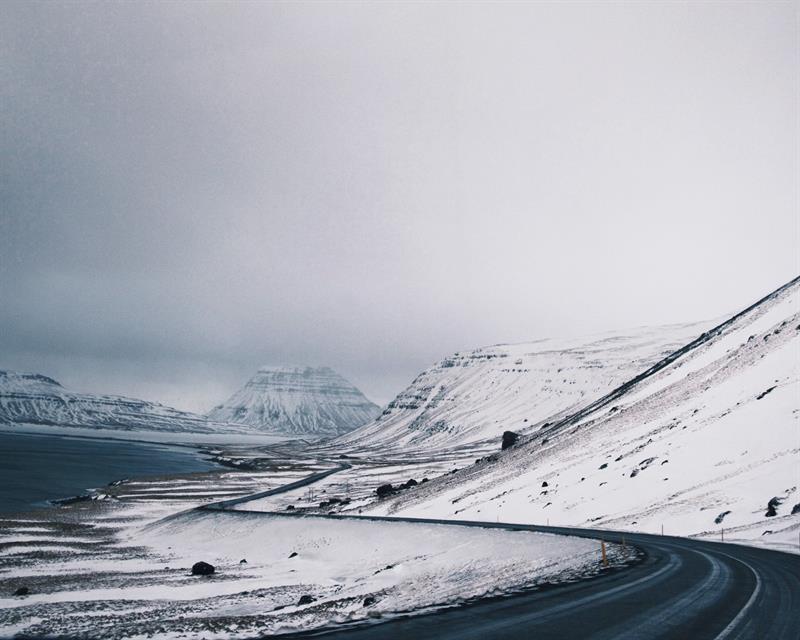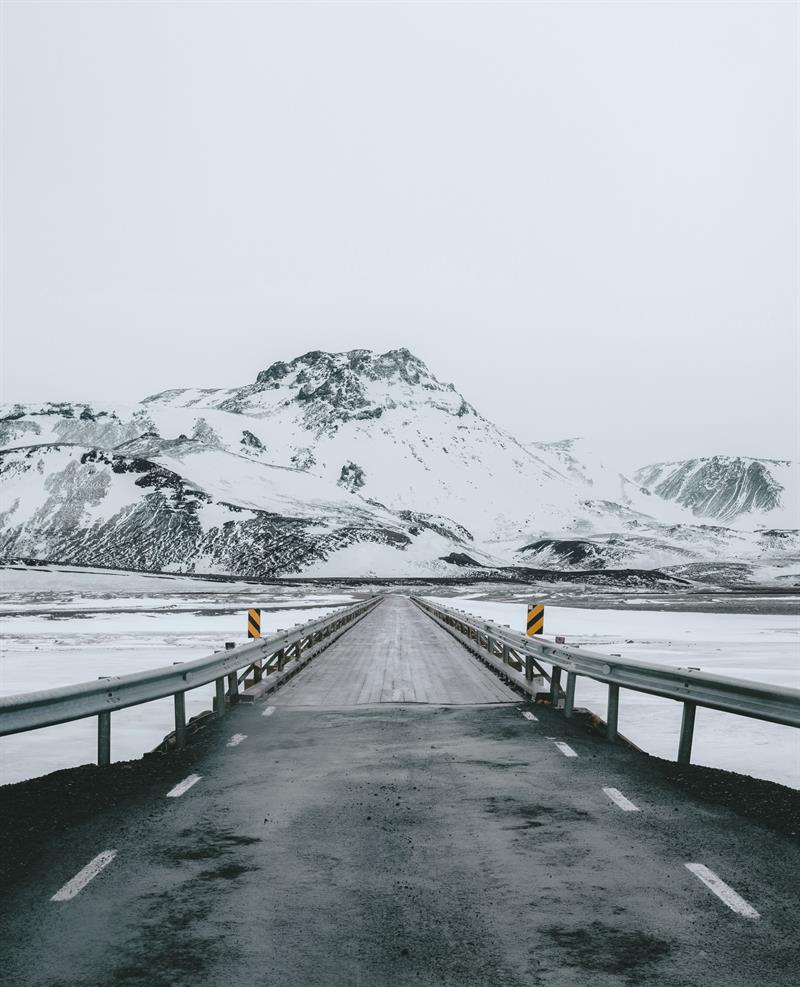Iceland is your winter wonderland, a great destination for your winter holiday. A self-drive tour gives you the chance to travel at your own pace, and decide where to go, when to stop, and for how long. Your Icelandic road trip will take you past snow-capped mountains, waterfalls in icy armour, mighty glaciers, and pitch black lava fields hiding under a blanket of snow. But driving in Iceland is not for the inexperienced and it is important to keep in mind that the rugged and raw Icelandic landscape can also create challenges that you may not have experienced in other countries, especially in the winter. Some roads may be impassable and driving conditions can include blizzards, darkness, icy roads and limited visibility.
We want to help you be as prepared as you can possibly be before tackling the Icelandic roads, so we have put together this helpful guide to driving in Iceland.
Icelandic roads

The Icelandic road system is extensive and easy to navigate and the most popular attractions are easily accessible by car. The most travelled road runs in a circle around the coast of the island and is therefore called the Ring Road. The Ring Road is mostly paved, well maintained and open throughout the year. Temporary closures can occur in some parts in the winter due to bad weather conditions. Even though most major highways are paved, a large portion of the Icelandic road system is made up of gravel roads, particularly in the Highlands. Most Highlands roads are closed until the beginning of July and sometimes even longer if conditions are bad.
Please refer to this map to see road conditions in Iceland in real-time.
Always take the weather into account

The Icelandic weather can be harsh and unpredictable. It also changes frequently. You can expect to be driving in heavy rain, thick fog, freezing blizzards, extremely bright sun, and everything in between. Conditions can even change rapidly within the day. Driving in the Icelandic winter is not for the inexperienced. Conditions can turn bad quickly, roads are often covered in snow and surfaces get slippery. Please be careful when driving in Iceland in the winter, check for weather reports and stay well within speed limits.
Speed limits
The general speed limit for cars in Iceland is 50 km/h in urban areas, 80 km/h on rural gravel roads and 90 km/h on paved rural roads. The number given on signs is the highest speed allowed at the best possible conditions on that given road, so please take that into account when conditions are less than perfect.
Driving regulations in Iceland
• Drive on the right side of the road and overtake on the left
• Keep the headlights turned on, always
• Off-road driving is strictly forbidden
• Everyone in the car should wear seatbelts
• Children are required to be seated in appropriate safety seats
• The alcohol limit for driving is 0.05%
• The use of hands-free equipment is obligatory if using a mobile device while driving
• The minimum age for driving in Iceland is 17 years
Necessary documents
When driving in Iceland you need to have your driving license on hand along with your passport, some proof of insurance and your vehicle registration information. A foreign driver’s license is valid in Iceland for those who stay in the country on a temporary basis.
Narrow passes

Gravel roads can be quite narrow, so caution must be taken when two cars meet. Narrow passes also occur on blind summits and single lane bridges. Blind summits and curves are common in Iceland and can be very dangerous if not approached with caution. Make sure to slow down and keep to the right side of the road. There are also many single lane bridges in Iceland where the actual rule is that the car closer to the bridge has the right-of-way. When approaching these bridges, slow down and be careful.
What to do if an accident occurs?
If an accident occurs, your priority is to ensure that everyone in the car is safe and call the National Emergency Number at 112. Don’t move your car (unless it is in a dangerous position which might lead to another accident) and wait for the police to arrive. If you’ve had a collision with another car, you should swap insurance information, addresses and phone numbers with the other driver. It is a good idea to take pictures of the cars, the damage and the conditions on the road for police and insurance documentation. You should give a copy of the police report to your insurance company.

Useful apps and websites
SafeTravel: The official source for safe adventure in Iceland
Information about road conditions and weather
The Icelandic weather forecast
The most important thing to know about driving in Iceland in the winter is to be prepared and know what you are getting into. If you seek information about weather and road conditions every day, and if you respect this information and take care, then you will have a great trip. Don't take any chances and listen to the locals. That's it!
If you are planning a winter trip Iceland and want to be prepared, you might also want to read our article about what to wear on a trip to Iceland.